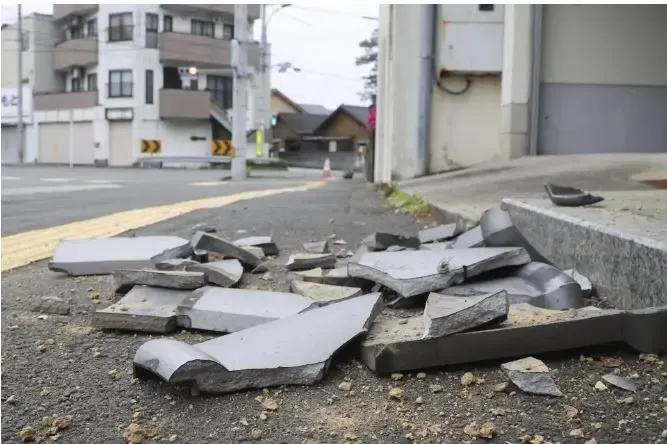Japan's Cabinet Office to Deploy Disaster Preparedness Officers in Every Prefecture

Tokyo, Dec 14 (NationPress) The Cabinet Office of Japan's disaster management division is set to assign specific officers to each prefecture starting from the next fiscal year. This initiative is a proactive measure aimed at preparing for potential significant disasters, including a Nankai Trough megaquake or an earthquake in the Tokyo metropolitan area, according to local media.
The Cabinet Office is advancing plans to deploy around 50 officers throughout the prefectures. These officers will concentrate on enhancing stockpile management and fostering volunteer collaboration during normal periods, while also overseeing damage assessments and organizing evacuation shelters during times of disaster, as reported by Xinhua.
To bolster this initiative, the Cabinet Office intends to double its current workforce of 110 and is seeking a corresponding budget increase for the next fiscal year, based on interviews with government officials cited by national broadcaster NHK.
This latest effort is part of a larger objective to establish a Disaster Management Agency by fiscal year 2026.
Recent calamities, such as the Noto Peninsula earthquake, have highlighted challenges, including inadequate supplies in municipal stockpiles and delays in the establishment of evacuation shelters across Japan.
The Japanese Government also operates an emergency broadcasting system known as “J-Alert”. This system guarantees that vital information reaches individuals in affected areas during various emergencies, including earthquakes, tsunamis, and civil protection scenarios. J-Alert utilizes multiple methods to communicate crucial information to the public.
Furthermore, since 2007, smartphones have been equipped with an earthquake early warning system that triggers an alarm just before an earthquake occurs. This pioneering system generates alerts based on initial minor tremors that take place seconds or tens of seconds ahead of a larger quake, prompting individuals to prepare for evacuation. The system relies on seismometers and seismic intensity meters that monitor tremors from the Japan Meteorological Agency (approximately 690 locations nationwide) and a seismographic observation network from the National Research Institute for Earth Science and Disaster Prevention (around 1000 locations nationwide).









